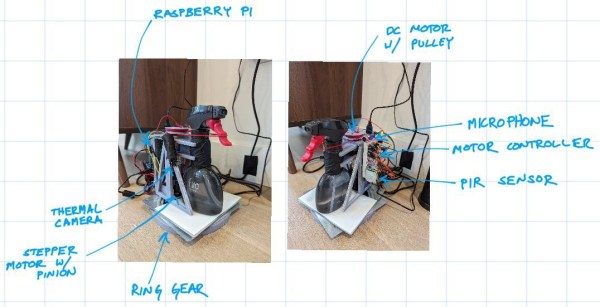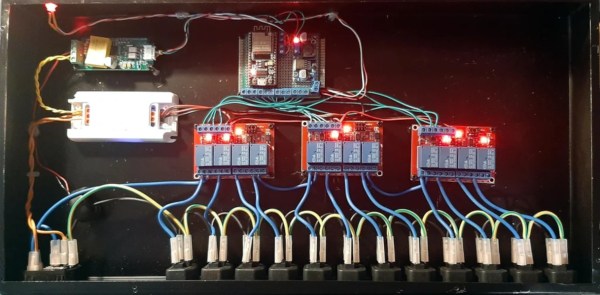Electric leaf blowers are already far quieter than their gas-powered peers, but they still aren’t the kind of thing you’d like to hear first-thing on a Saturday morning. Looking to improve on the situation, a group of students from Johns Hopkins University have successfully designed a 3D printed add-on that manages to significantly reduce the noise generated by a modern electric leaf blower without compromising the amount of air it’s able to move. The device has proven to be so successful in tests that Stanley Black & Decker is looking to put a commercial version of the device on store shelves within the next two years.
The team says the first part of the problem was identifying where the noise was actually coming from. After taking an example leaf blower apart and studying all of its moving components, they determined that most of the noise produced wasn’t mechanical at all — what you’re actually hearing is the complex cacophony of high-speed air rushing out of the nozzle. With this knowledge in hand, they isolated the frequencies which were the harshest to the human ear and focused on canceling them out.
Continue reading “Students’ Leaf Blower Suppressor To Hit Retail”




















